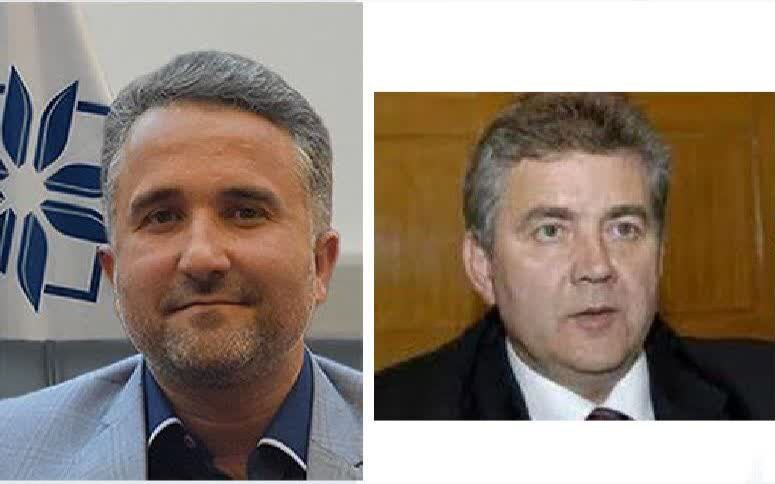Iranian, Slovak universities ink MOU on scientific research

TEHRAN –Meybod University of Iran and Pavol Jozef Šafárik University (UPJŠ) of Slovakia have signed a three-year memorandum of understanding (MOU) to expand scientific research cooperation.
The agreement was signed on Monday by Abbas Niknejad, the chancellor of Meybod University, and Andrej Jen?a, a professor at the medical faculty of UPJŠ.
It will provide a great opportunity for sharing expertise and experiences between professors, researchers, and students of the two universities, and will also help improve science and new technologies in related fields, the Ministry of Science, Research, and Technology website reported.
The MOU will focus on conducting joint scientific research and designing and implementing targeted research projects in advanced nanomaterials and biomaterials with an emphasis on innovation and practicality.
Publishing joint scientific articles in reliable international journals to share research findings with the world scientific community, exchanging scientific resources and information, and developing a proper platform to share knowledge, expertise, and scientific resources between the two universities, carrying out joint projects and dissertations by postgraduate students, providing educational and research opportunities to talented students, are among the topics of the agreement.
Iran targets world’s 12th spot in science production
Despite ongoing sanctions, Iran is planning to elevate the country’s ranking for scientific productions from currently 17 to 12 by 2027.
Due to sanctions, economic restrictions, and the limitations on publishing papers by Iranian scholars, particularly during the last three years, Iran’s ranking in scientific productions has lowered from 15 to 17, Shahin Akhoundzadeh, an official with the health ministry, has said.
The country’s advancement in science production requires compensating for the regression in research and technology through providing funds, facilitating research, and promoting meritocracy which will reduce young elites’ migration, as well, the health ministry’s website quoted Akhoundzadeh as saying.
Scientific associations grow by 23%
The number of scientific associations as one of the pillars of science in the country has increased from 322 in the Iranian year 1392 (2013 -2014) to 396 last year (ended on March 19), signifying a 22.9 percent growth.
Interdisciplinary and humanitarian associations have experienced the highest growth. Within a decade, the number of interdisciplinary and humanitarian associations has increased from 50 and 102 to 85 and 142, respectively, IRNA reported.
Scientific associations have always played an essential role in producing knowledge and achieving scientific development.
They are the main foundation of institutions beyond political, racial, ethnic, religious, and sexual boundaries.
Scientific associations have emerged in response to the needs of the world of democracy and the enhancement of human solidarity. They have also created an appropriate environment for free thinking and the establishment of a culture of conversations.
Their Independence from governments in finance and human resources, speed of action, high decision-making power, limited bureaucracy, and flexible mechanism bolster their efficiency at national and international levels.
MT/MG
